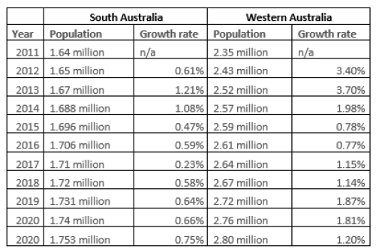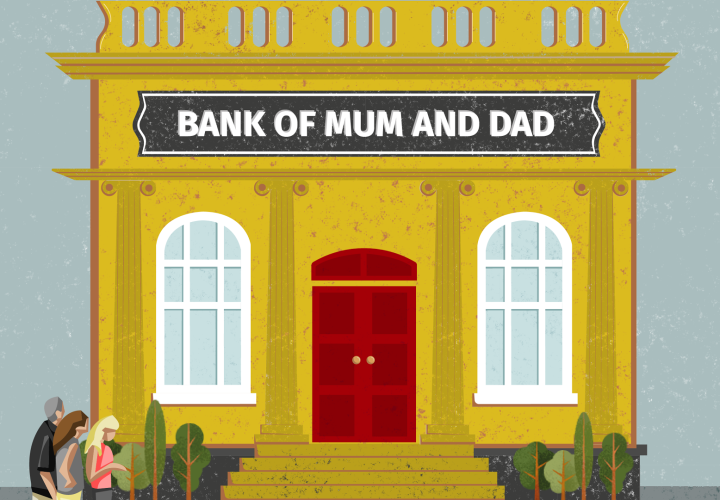
Today we are looking at size – and when it does matter.
Article by Richard Crabb (Aspire Advisors Network MD & PIPA Board Member)
| There’s a well-worn phrase that works not just as a punchline to a ribald joke… it’s that size does not matter.
And in many scenarios, this can be true, particularly when it comes to small but influential people. Patty Mills, our most celebrated Olympic basketballer, stand 1.85cm tall – a full 11cm shorter than the average NBA player. Yet he captained our national team to a bronze-medal winning performance at the 2020 games. Then there are others like Tom Cruise 170 cm, Kylie Minogue 152 cm, Winston Churchill 170cm. Size matters little when it comes to influence and talent in many arenas. The premise is that bigger isn’t always better. It’s not the size of the dog in the fight, but the size of the fight in the dog. Yes, there are heaps of scenarios where size isn’t an issue… however there are a few where it’s key. In fact, bigger is better in one critical element of our financial wellbeing, and that’s when it comes to property investment. When bigger is betterThe ‘bigger is better’ rule applies across several touchpoints when selecting locations and assets that will deliver outstanding results in your property investment journey. Firstly, it’s about thinking bigger when conducting data analysis. We must always rely on hard data, not emotion, when assessing investment potential, so you want the most accurate metrics possible. That’s where size comes in, because the larger the sample, the more accurate the results. Take median prices for instance. If you have a small number of sales in a suburb each year, your outcomes can be dramatically skewed by an unusual one-off transaction. I can’t tell you the number of times I’ve seen sales lists where a large multi-parcel purchase by a developer resulted in a single transaction of several million dollars which totally blew up the median value calculations for a suburb. The way to mitigate these types of problems is to have plenty of sales to analyse, and a comprehensive understanding of what you’re using. As advisors, we do this constantly. Setting minimum sample numbers and working out what should and shouldn’t be included is crucial. But there’s also understanding the value in having multiple metrics to look at. Bigger is better here too. Having a large bank of differing data serves you well. You need to drill through layers of data, starting with the big-picture stuff around population movements, employment figures, demographics etc, and then working your way down to region, area, suburb and even street level. For example, let’s start with a state-by-state level comparison. A state with higher growth and greater population increases will drive longer-term demand for housing and price gains. Bigger is better here. What we’re looking to do is pick those jurisdictions with the greatest population growth trends. This forms the initial basis for our locational search. |
For instance, if we study population growth in South Australia vs. Western Australia, it reveals some interesting outcomes. The comparison below shows the stark difference in population growth, which can drive the future potential for capital growth.

| Source: https://www.population.net.au/ |
| From here we can step down into other metrics seeing those suburbs which have plenty of data surrounding demographic makeup. Some measures we might consider will be the number of cars per household, income and education levels of residents, and the ratio of owner-occupiers to renters.
All part of a wide range of analysis we use in selecting hotspot locations. Finally, there’s one other component where bigger is better, and that’s around population density. To ensure your property has a good chance of renting and/or selling when the time is ripe, you must determine there is enough population within proximity. It means there’s a bigger pool of renters and end buyers nearby. Again, bigger is better. The more people you have within a reasonable distance, the better your prospects for a secure tenancy and purchaser competition.
To get the most out of your big pool of information, you need a professional (QPIA®) advisor on hand who does the hard yards day-in, day-out. They’re adept at analysing the data and providing assistance that will suit your personal needs and goals.
|




